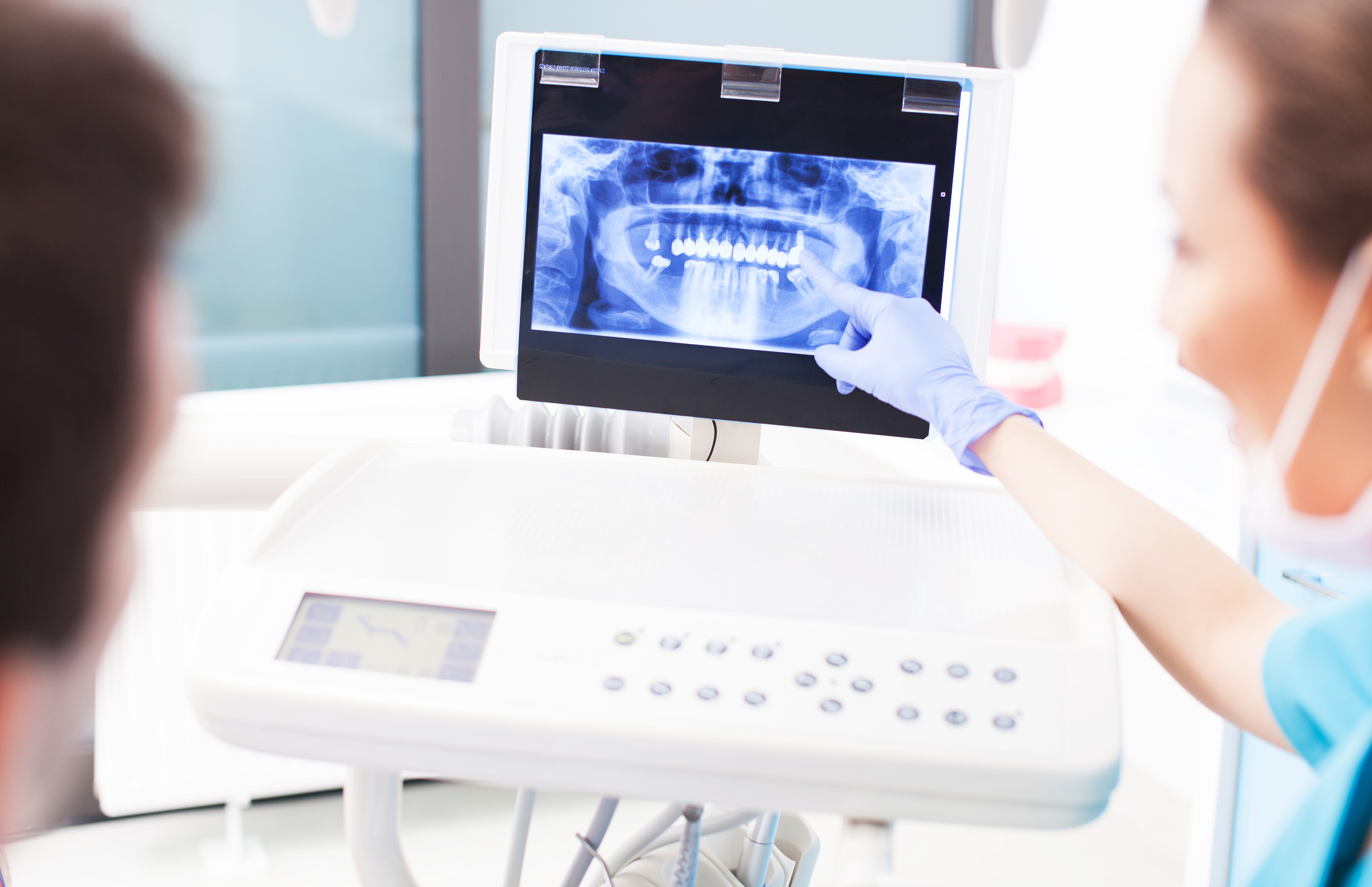All About Dental X-Rays

A dental x-ray is an essential tool for dentists to uncover oral issues that aren’t discoverable with a simple oral examination. An oral x-ray isn’t much different from a general x-ray. Dental x-rays are used to examine both specific dental problems and overall oral health.
All about dental x-rays
Dental x-rays are crucial for everyone because they allow a dentist to understand better what’s going on in the patient’s mouth. Dental x-rays also have preventative use. Sometimes, it can trace dental problems before they appear. For example, a dental x-ray can tell if a child is developing a decay or wisdom tooth.
Both adults and children can safely take dental x-ray tests. Dental x-rays can show decay between teeth or under existing fillings in adults. It can also trace bone loss due to infections or some other reason. Dental x-rays also detect cysts and tumors in the mouth.
Dental x-rays should be a part of your regular dental care routine; however, the frequency varies from person to person. For example, frequent dental x-rays may be necessary for people who suffer from periodontal disease or dry mouth. Smokers should also have their teeth and gums examined for traces of bone loss. If you’ve had several restorative fillings and implants, frequent dental x-rays are essential for monitoring damage.
Apart from pregnant women, dental x-rays are safe for everyone. There’s some debate about whether dental x-rays are safe for children. However, modern dental x-ray techniques release tiny amounts of radiation that are generally unharmful. So while it’s safe for children most of the time, pregnant women should avoid dental x-rays.
The dental x-ray process is simple and fast. The dentist would position the x-ray machine against your head to get a clear image of the mouth. Patients don’t need to take any preparatory steps for dental x-rays.
Types of dental x-rays
Two primary dental x-rays are available for oral health: intraoral and extraoral. As the names suggest, the x-ray is inside or outside the mouth, depending on the type of x-ray you are getting.
There are subtypes of intraoral and extraoral x-rays as well.
Intraoral x-ray types are:
- Bitewing X-rays: For information about the teeth in one section of the mouth, both the upper and lower.
- Periapical X-rays are for the entire tooth. Therefore, from the crown to the point past the root that fuses with the jaw.
- Occlusal X-rays: To follow a complete arch of teeth’s growth and placement.
Extraoral x-rays include:
- Panoramic X-rays: For each tooth in the upper and lower jaws
- Tomograms- For specific mouth “slices” or layers
- Panoramic X-rays: For issues with the salivary glands, like blockages or Sjogren’s syndrome
Innovation at its best – 3D panoramic dental x-rays
Dental x-ray technologies have improved significantly over the last few years, most notably with the introduction of 3D panoramic dental x-rays. 3D x-rays are safer due to lower radiation levels. More importantly, they are useful for detecting nerve canal paths and hidden roots. It’s also more helpful for teeth issues like root canal therapy. In addition, 3D x-ray technologies are cheaper, faster, and safer than traditional x-ray machines.
If you haven’t had a dental x-ray in a long time, it might be time to visit your dentist and get a 3D panoramic x-ray of your teeth and gums. We hope this guide enlightens you about the importance of dental x-rays.
